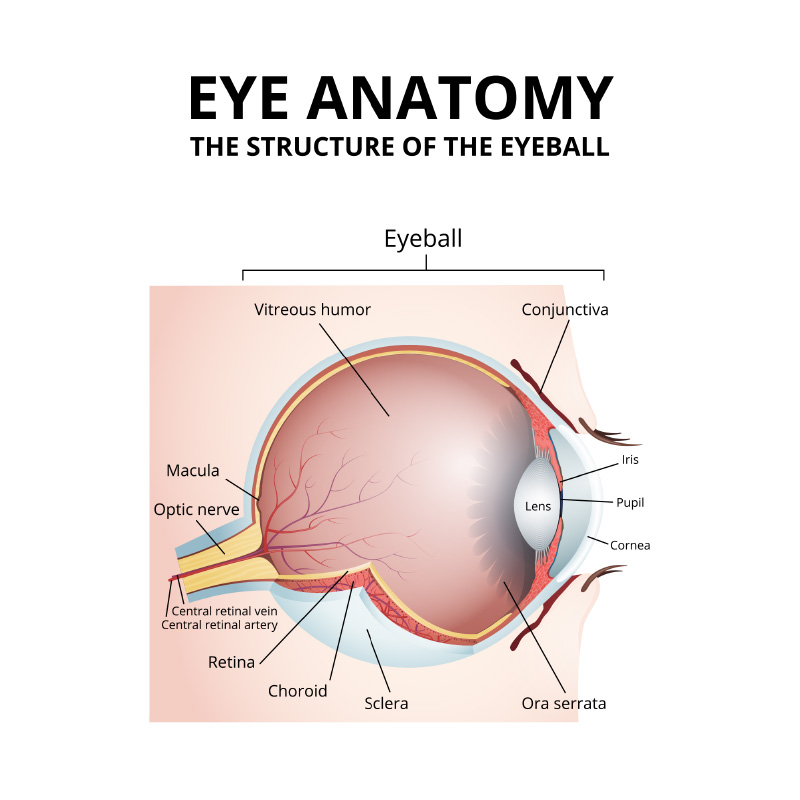Key Takeaways
- Eye floaters happen when tiny clumps of vitreous gel cast shadows on your retina as they float around.
- Eye floaters are very common, and are able to be treated by an eye doctor.
- While most eye floaters are benign, they can be a sign of something more serious, such as eye inflammation or even a retinal tear or detachment.
Did you see a squiggle in your vision? Or a little flash or a shadow? You are not alone.
Eye floaters are very common, and tend to happen more frequently for certain people. If you don’t know what causes them or why they are happening more often, it’s understandable why you might be concerned about them.
Luca Zatreanu, MD, is Chair of the Department of Ophthalmology with Rochester Regional Health and explains what causes eye floaters and what symptoms should lead you to seek treatment from an eye care provider.
What causes eye floaters?
Eye floaters are caused by tiny bits of gel or cells moving through the vitreous gel or vitreous humor of your eye – the jelly-like substance that fills the middle of your eye.

As we age, the vitreous gel tends to form tiny liquified pockets. When this happens, clumps or strands of that gel or cells start to form and move around. When they move, they can cast shadows on your retina, which is what you see when you see floaters.
You might be more likely to have eye floaters if you are
- nearsighted
- over age 50
- recovering from cataract surgery
- experiencing swelling in your eye
People who have eye floaters may also see flashes or streaks of light. These flashes are usually infrequent and can happen for weeks or even months. Similar to floaters, they are caused by vitreous rubbing or pulling on your retina.
Many people experience floaters more frequently after turning 50 because the vitreous gel in our eyes naturally separates from the retina in a process called a posterior vitreous detachment (PVD).
“Eye floaters are very common for most adults and can occur even in some older children,” Dr. Zatreanu said. “They are especially noticeable when looking at plain colored backgrounds, like a blue sky or a blank wall, or a bright computer screen.”
How to get rid of eye floaters
Eye floaters often last for months or years, popping up sporadically. Most of the time they are harmless and are annoying at their worst.
The solution for most patients with eye floaters is to monitor them and try to ignore them.
However, if your eye floaters are increasing in size or number, and are interfering with your daily activities, talk with an eye care specialist about possible treatments. For some patients, a vitrectomy (a surgery to remove the gel structure from the middle of the eye) may be an effective solution.
When to see an eye doctor for eye floaters
Most eye floaters are considered benign, especially if they happen before the age of 50. However, there are some symptoms that warrant a visit with an eye doctor within a few days.
You should contact an eye care specialist if you have:
- many floaters in your vision suddenly
- many flashes in your vision suddenly
- floaters and flashes of light at the same time
- floaters and flashes after an injury or eye surgery
- the sensation of a curtain, veil, or shadow in your peripheral vision
These symptoms indicate that you need to be seen quickly for a complete dilated eye exam.










